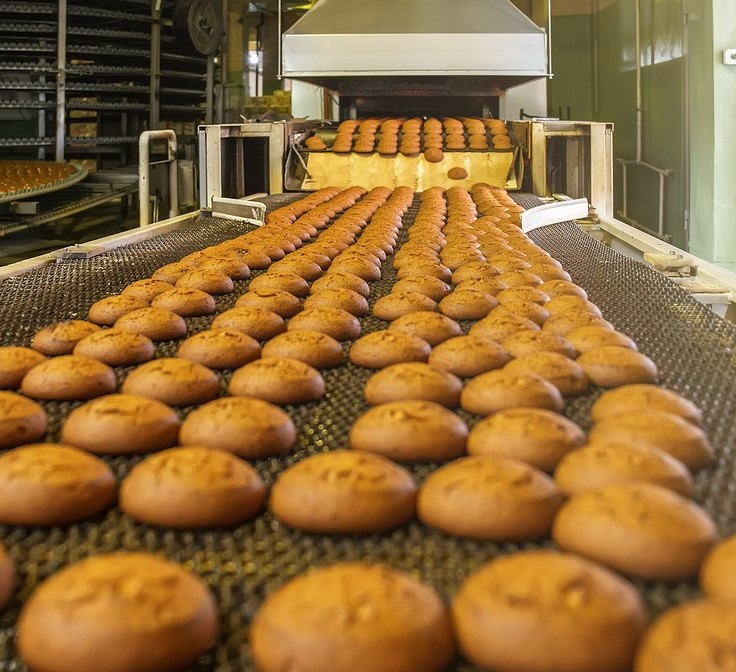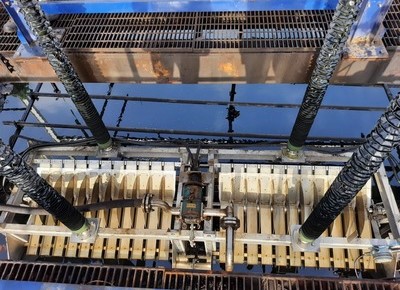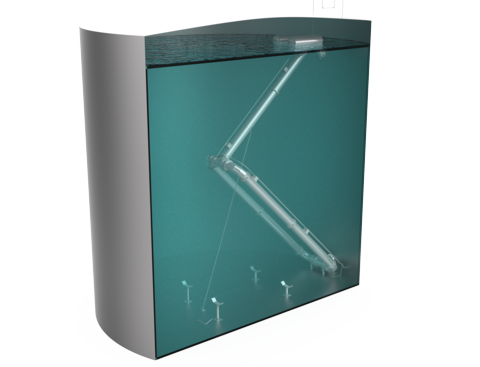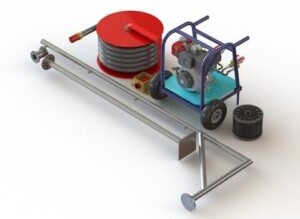Why is the Honeycomb Belt Best for Industrial Applications?

A Honeycomb belt is used in the manufacturing and processing industry for a wide array of applications. It has hexagonal openings similar to a honeycomb structure. The strength-to-weight ratio, durability, and open belt design of the honeycomb belt make it a preferred type of belt for almost all applications.
A honeycomb Belt Screen is also known as a flat wire belt. It is a straight-moving surface belt that restricts particles/debris above 20 mm. Based on the application requirements the honeycomb belt screen can be integrated with a mechanized cleaning system.
Working of the Honeycomb Belt
The Honeycomb Belt carries the product/material/debris from one point to another. The honeycomb design provides an ideal open area, suitable for a specific application.
In the water industry, the honeycomb belt is installed to screen floating debris. The honeycomb belt screen is installed in the direction of the water flow. It is positioned at an inclined angle, partially submerged in the flowing water. The belt moves upwards, away from the flowing water at a fixed speed, while arresting debris. A motor, gearbox, shaft, and sprocket aid the movement of the belt in the upward direction. The flowing water passes inward through the screens, arresting floating debris on the surface of the honeycomb belt screen. Thus, debris is collected on the surface of the moving honeycomb belt screen. High-pressure water jets clean the surface from the inside of the screen. With the help of water jets and a brush, the surface is cleaned, and the screen is ready for the next screening cycle.
Similarly, in the food industry, the honeycomb belt is used in several processes such as screening, sorting, baking, packaging, etc. The belt travels from one point to another in a specific process. The open area is determined based on the function of the honeycomb belt. It is ideal for production processes where the temperatures can be as low as -30⁰C or as high as 400⁰C.
The honeycomb belt design and material of construction prove to be advantageous across a wide spectrum of applications in the manufacturing & processing industry. It is commonly made of stainless steel, mild steel, and galvanized mild steel. The versatility of honeycomb belt finds application in:
- • Waste handling
- • Product handling
- • Sorting
- • Washing
- • Drying
- • Cooling/freezing
- • Transport
- • Heating/cooking
- • Baking
- • Packaging
- • Sieving systems
Some of the Key Advantages of a Honeycomb Belt Are:
- • Versatile and durable
- • High strength-to-weight ratio
- • Longer life span compared to competitive belts
- • The open area offers excellent ventilation and flow through
- • The flat surface ensures smooth and precise movement
- • Minimal wear and tear
- • Operates efficiently in demanding conditions
- • Easy to install, operate, and maintain
A honeycomb belt has high stiffness, and high strength, and is light-weight at the same time. Its versatile design suits almost all the applications across the manufacturing & processing industry.
Frequently Asked Questions
Q.1 Where are Mechanical Bar Screens Typically Used?
A. Mechanical bar screens are typically used at the inlet of wastewater treatment plants to remove large debris and solids from the influent, preventing damage and blockages in downstream equipment and ensuring the efficient operation of subsequent treatment processes.
Q.2 How Does a Multi-Rake Bar Screen Operate?
A. A multi-rake bar screen operates by using a series of mechanically driven rakes that continuously move up and down along a set of bars, capturing and removing debris from wastewater streams as the water flows through the screen, ensuring efficient separation of solids from the liquid.





